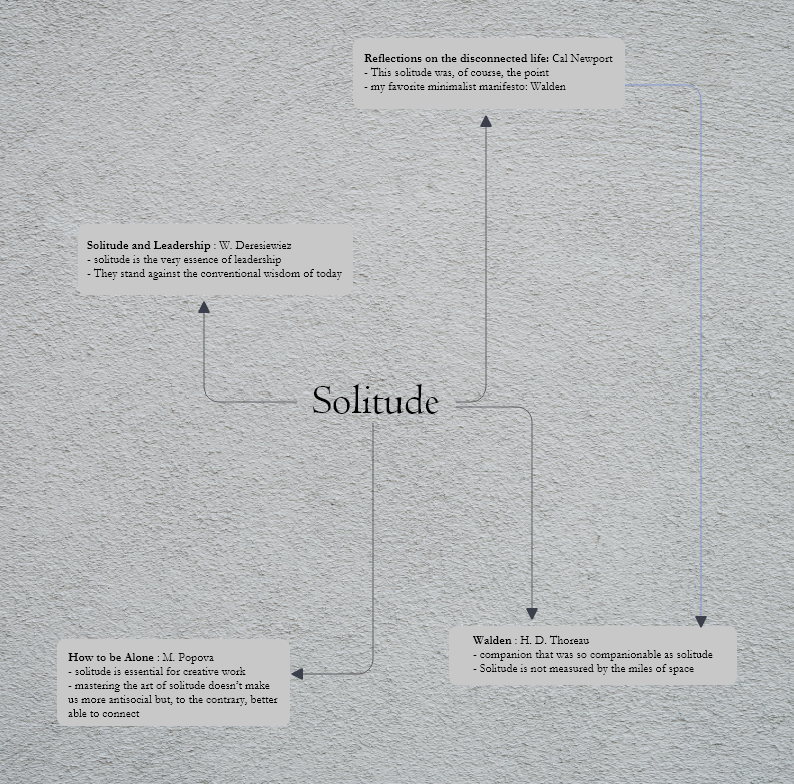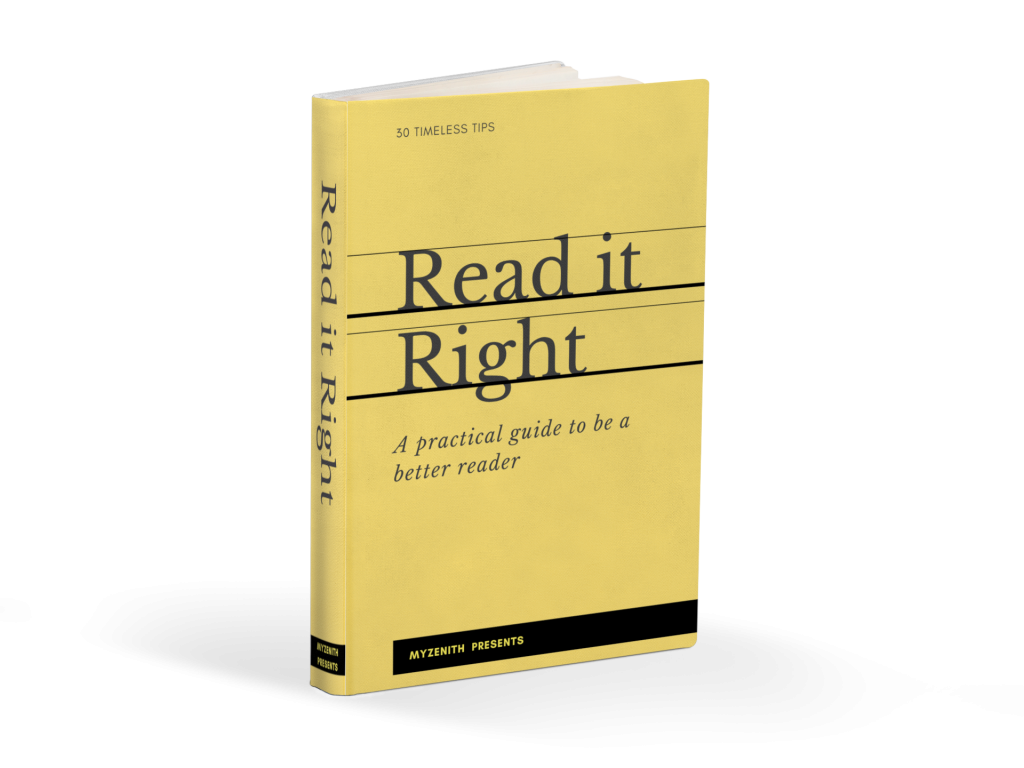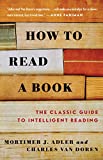Read 500 pages like this every day. That’s how knowledge works. It builds up, like compound interest.
Warren Buffet
“Learn to Read to Read to Learn” is a concept that most educators, and many parents are familiar with. The fundamental premise here is that “Learn to Read” occurs during the early years of a child’s education and consists primarily of decoding and memorizing basic words. They continue progressing through this stage until they achieve “fluency” (expected around age 6-8 in most education systems) at which point they’re ready to tackle increasingly difficult text and begin to “Read to Learn”. From then on, for the rest of our lives, we are expected to be fully equipped to read to learn.
This system, which many of us have been part of whether it was called this or not, is fundamentally flawed. Specifically for (at least) three reasons:
- Continuous parallel processes: More recent studies have pointed out that learning to read and reading to learn occur not sequentially, but in parallel, and they don’t stop at a certain age
- Contextual knowledge is critical: All prose has factual gaps that must be filled by the reader. The more you know, the more you will get out of your read
- Technological advances: Twenty years ago, the “readTech” (our term for tools and services to aid reading) we had was limited. Most of us have not taken the time to change or update the way we read, while those who read best are those who use technology to their aid.
So what does this mean? As adults, as we continue to read to learn, it is important to take the time to also learn to read. To consider these as continuous parallel processes, which we deliberately improve with increasing age, knowledge and technological advances. In today’s age of information overload, rapidly changing expectations and increasing uncertainty, it is more of a critical skill than ever before.
Tip #1: Continue to learn how to read
Knowledge (like wealth) follows a compounding principle – knowledge accumulation, just like wealth accumulation, favors the one who already has more. The more you invest in learning how to read, the better you get at it, thus setting in motion a virtuous cycle of personal growth and development. So it makes sense to continue to learn how to read.
“How to Read a Book” by Mortimer Adler and Charles Van Doren is an old classic – when it was first written in 1940, it became a best seller to even the author’s surprise. He later updated it in 1972. The book is a little outdated, but there are some good concepts and approaches in there on how to read better.
The book distinguishes between four levels of reading— elementary, inspectional, analytical, and syntopical, and also recommends when to apply which level, and how to approach different kinds of reading materials—practical and theoretical books, imaginative literature (lyric poetry, epics, novels, plays), history, science and mathematics, social science, and philosophy.
I like good definitions, Adler defines the art of reading as:
“the process whereby a mind, with nothing to operate on but the symbols of the readable matter, and with no help from outside, elevates itself by the power of its own operations.”
In other words, the mind passes from understanding less to understanding more. Our mind elevates itself; we grow as individuals. That is, in essence, the act of reading. However, to achieve an elevation from “reading” requires a broader definition of the activity of reading than the physical act when you are in front of the book.
Tip #2: Don’t forget the Pre-and post-reading phases
Think of your reading workflow from beginning to end. We suggest five phases:
- Goal setting (where you decide whether to read or not and how much)
- Planning (what to you want to read and in what sequence)
- Reading (how do you read a specific book – we discussed different reading styes in Issue 2)
- Retaining (how do you ensure you remember what you read) and
- Applying (getting to insights and action)
Here are two excellent articles on enhancing the pre– and post- reading experience.
Armed with an ability to read and learn, it is possible to read about and learn any topic you set your mind to. In keeping with the theme of this Issue, here are a few recommendations on learning and reading. including one for a younger audience( “learning to read”).
Armed with an ability to read and learn, it is possible to read about and learn any topic you set your mind to. In keeping with the theme of this Issue, here are a few recommendations on learning and reading, including one for a younger audience (“Learning how to read”).
Tip #3: Augment your reading
Technology has evolved significantly, and “readTech” has much to offer these days. Take the time to review your end-to-end reading workflow and to consider if any of the tools available out there could help you make your reading more pleasurable and productive.
In the last Issue, I wrote about how I highlight and re-read my books, and a couple of you reached out to know how I do it. So here goes.

I highlight and make notes as I read (across platforms and devices) and at the end of the book, I email them to MyZenith.io, where I then get a consolidated overview of all my annotations. If needed I also add extra notes at this stage. I review them periodically – this helps in both retaining the key concepts, but also to discover unexpected connections across my multiple reads.
The tool is right now in beta version, but you can join the list to get access when it is available.
The science of learning suggests that connection and repetition are the two important means to help us get the most out of our reading. Tools like MyZenith use recent advances in Artificial Intelligence (AI) to help us connect and enhance across our reading and thus get even more out of the reading. Check it out!

If you would like to get more tips to be a better reader, download our practical guide – Read It Right. Free for all subscribers!


